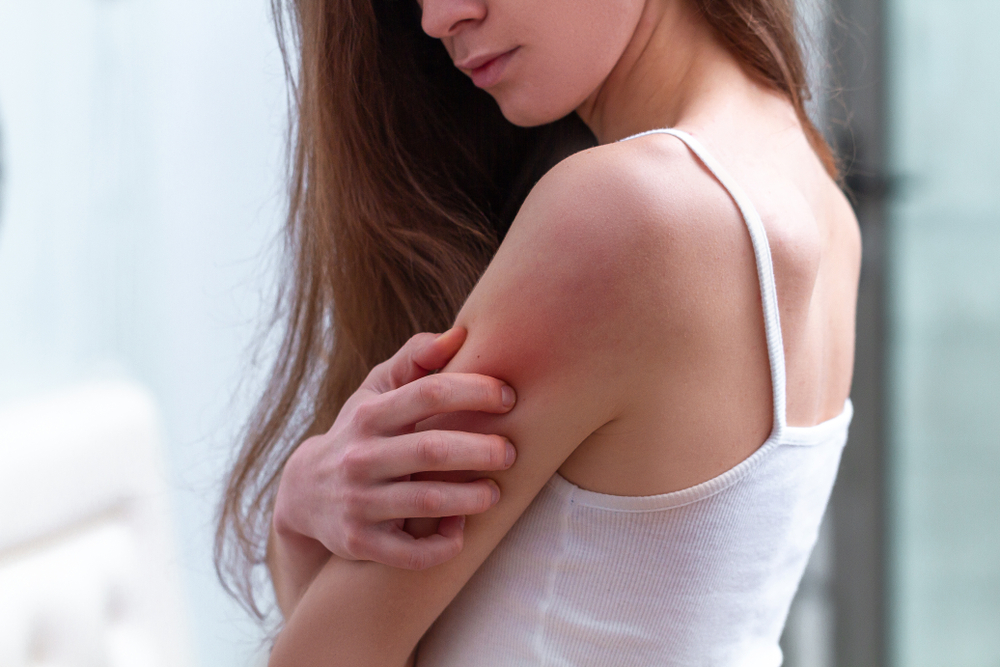
Effective melasma treatment: Microneedling with topical medication
According to new research, melasma treatment can be done by energyless micro-kneading is usually combined with a strong fade cream and strict sun avoidance. The heat they produce exacerbates chloasma and can cause even more discolouration in the weeks following treatment.
The dermis is often affected by chloasma. The exact depth of the puncture depends on many factors, including the location of the pigment, the patient's susceptibility to increased melanin formation as a result of inflammation, the general sensitivity of the skin, and the patient's willingness to tolerate downtime.
In a new study of 459 melasma from seven different countries, researchers found that local microneedling therapy improved the severity. First, dermatologists usually go for "pre-treat" -ing the skin with prescription hydroquinone or a bleaching cream containing either hydroquinone and a retinoid and a low-dose corticosteroid two weeks before microneedling. With micro-needling, the active ingredient is inserted into the puncture as soon as the active ingredient is produced or immediately after it is applied to the treated skin.
It is to be noted as most medical procedures present with undue complications, it is advisable to see a certified dermatologist with extensive experience in topical micro-needling therapy. It will become more and more important.
Microneedling is Safe and Effective in Melasma Treatment
Microneedling with topical medical care may be a safe and effective tool for treating symptoms, in step with a presentation at the Yankee Society for medical speciality Surgery. Adding topical treatments throughout the micro-needling resulted in a bigger improvement in melasma severity. Researchers conducted a combined general review and meta-analysis of twelve eligible studies, including 459 patients from seven countries. Topical therapy studies included topical tranexamic acid, nutriment C, platelet-rich plasma, non-hydroquinone depigmenting sera, and hydroquinone depigmenting agents. The combination of micro-needling with topical medication had a moderately positive impact at week eight and a robust effect at week 12. Had laser-like efficacy. Microneedling could also be a safe, effective, and comparatively, reasonable modality to use.
Comparison Of The Efficacy Of Melasma Treatments: A Network Meta-Analysis Of Randomized Controlled Trials
In recent years, more randomized controlled trials have been reported for melasma, but they have been limited to comparisons between two or three treatment methods. In this study, the first network meta-analysis of melasma treatments was conducted using 59 selected RCTs comprising 14 common interventions: non-dependent energy treatments, oral tranexamic acid, AA, CBT, peel, topical vitamin C, tretinoin and NM) and energy-dependent treatments. Network diagram for all selected interventions; network card for energy-intensive treatments; and network graph for non-energy dependent treatments. A split-face study: comparison of picosecond alexandrite lasers and Q-switched Nd: YAG lasers in the treatment of melasma in Asians. A prospective randomized controlled study comparing the efficacy of the treatment and the tolerance of picosecond alexandrite laser with combined triple cream and a diffractive lens array in Asian patients with melasma.



